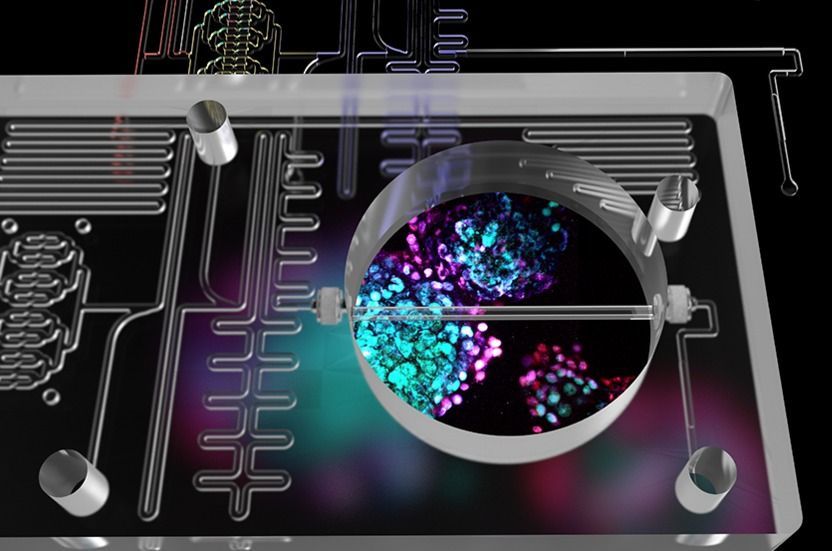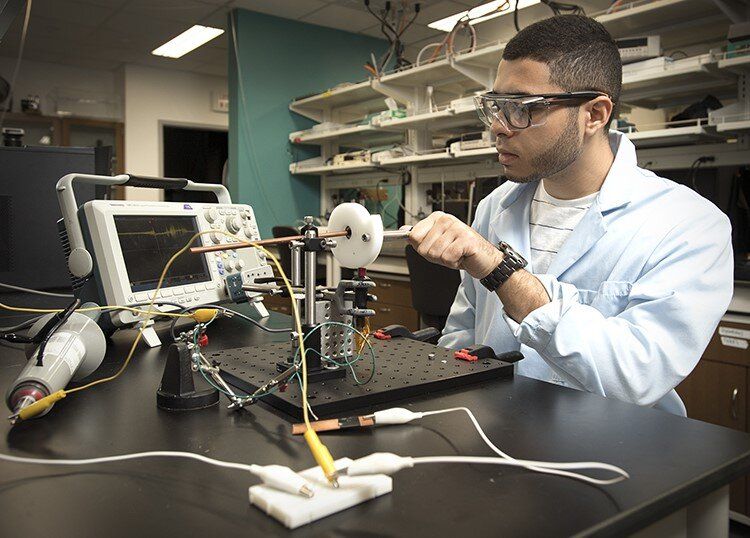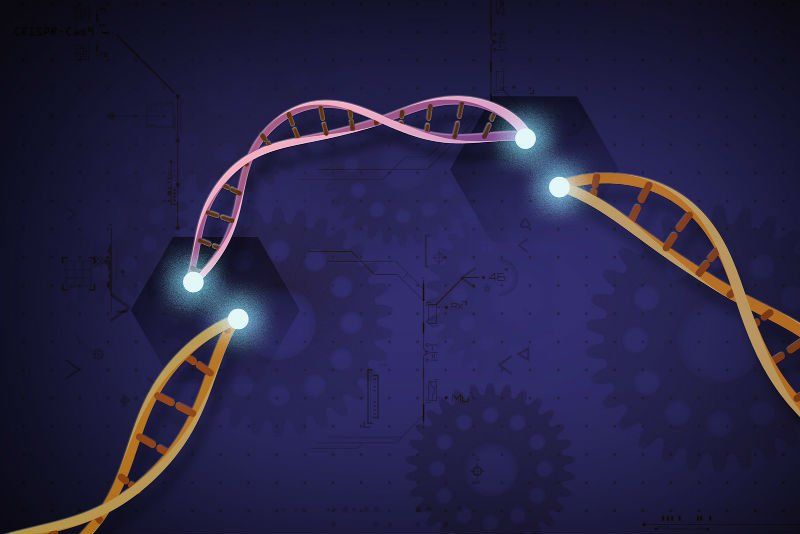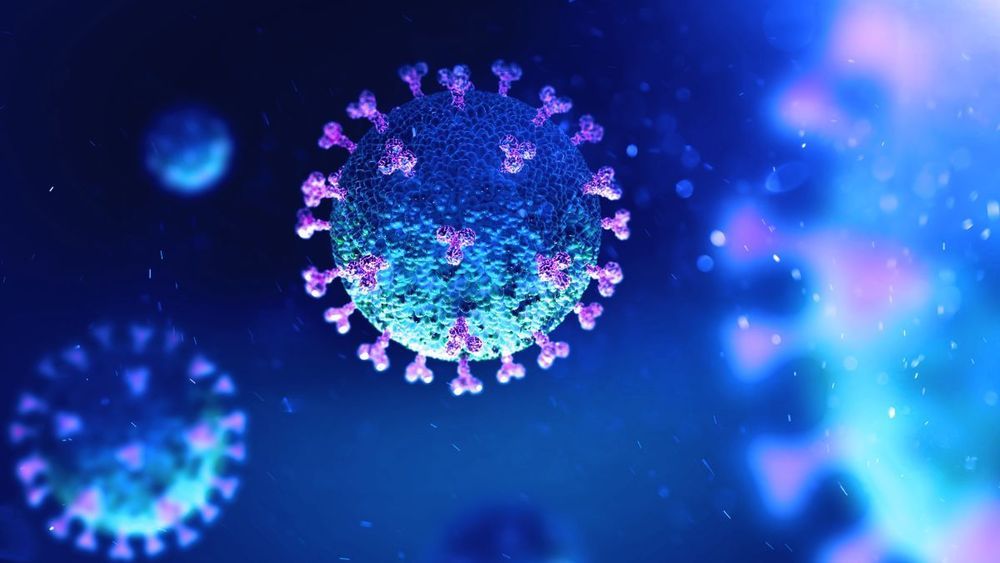This is a part of a longer interview which you can watch in parts or listen in one go though it is posted on youtube as audio only for the latter.
Let’s say we find a way to reverse aging. How far could we wind things back and when should we do it?
David Sinclair and Adam Spencer tackling the thorny questions around aging, including how far could we turn back the biological clock, how would we do it, and when in our lifetime should we hit the reset button.
This clip is a recording from our Outside The Box series — an event where David examined how our understanding of aging as a disease is developing, and describes some of the simple methods anyone can use to live a healthier life for longer.
The event was hosted by Australian science communicator and radio personality, Adam Spencer.







